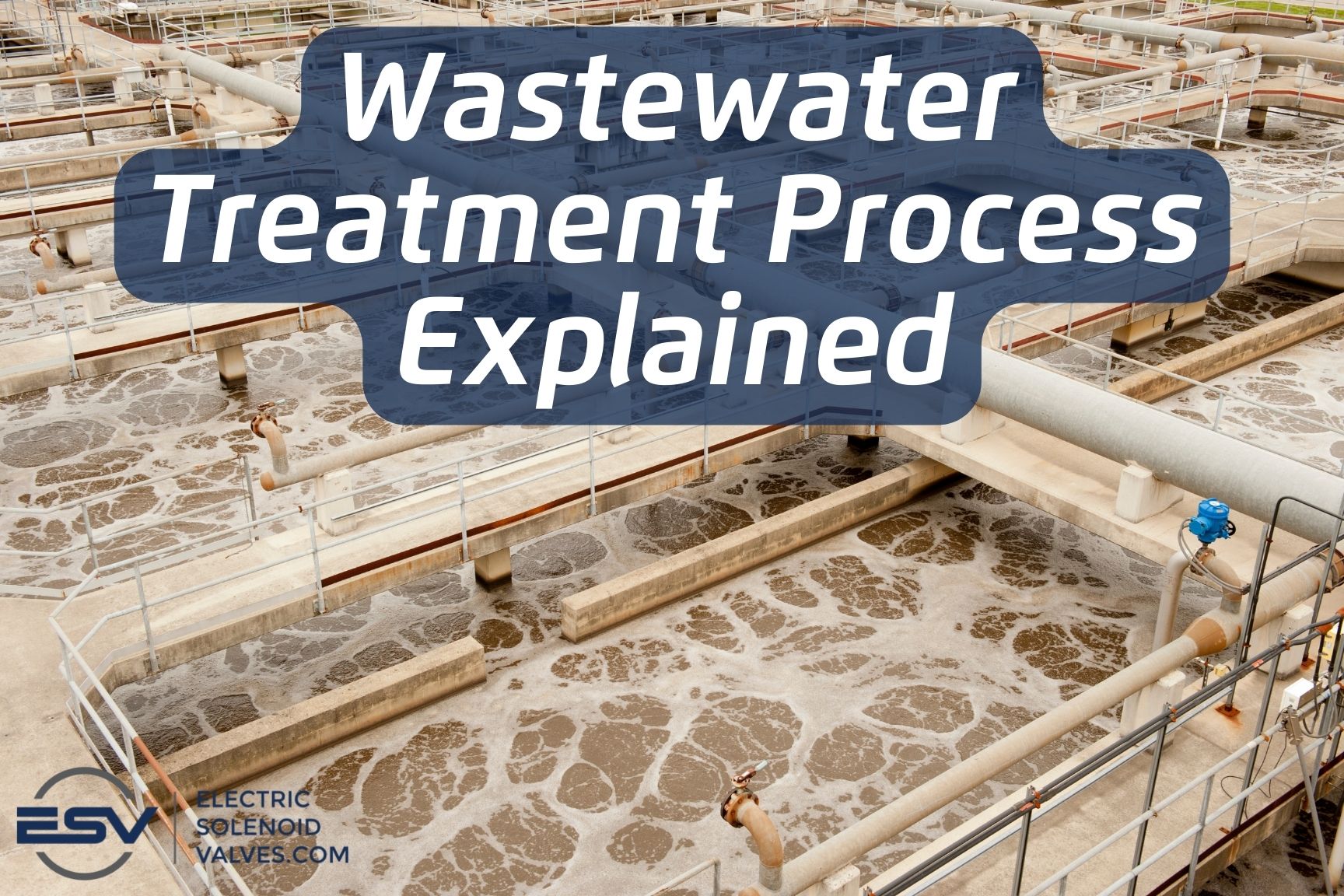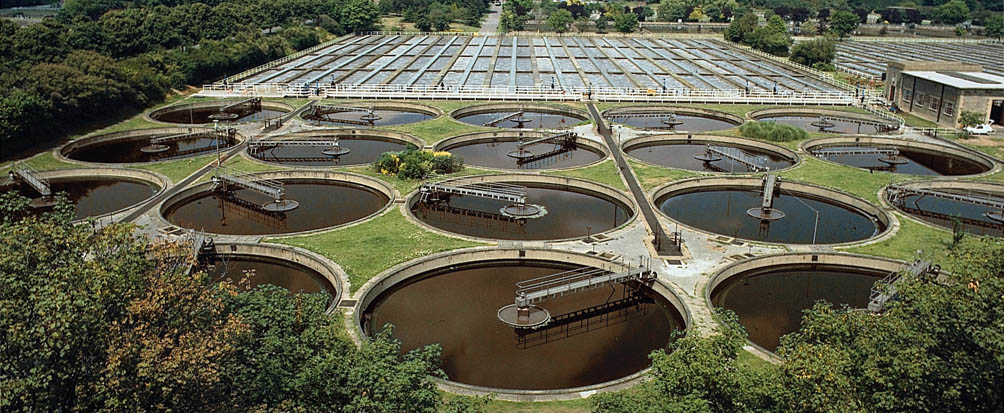The Importance of Chemical Processes in Waste Water Treatment
The Importance of Chemical Processes in Waste Water Treatment
Blog Article
Strategic Approaches to Improve Drainage Therapy Performance and Decrease Environmental Impact
In the realm of waste water therapy, the mission for boosted effectiveness and decreased environmental influence is a perpetual difficulty that requires calculated services. The combination of advanced therapy modern technologies, energy-efficient processes, source recuperation methods, enhanced nutrient removal techniques, and smart tracking and control systems represents a diverse structure for dealing with these pushing worries.
Advanced Therapy Technologies
Sophisticated membrane filtering systems have reinvented advanced wastewater therapy processes, dramatically improving the elimination of pollutants. These ingenious systems function forcibly water through a semi-permeable membrane, successfully dividing impurities from the water stream. The membrane layer's tiny pores catch toxins such as bacteria, viruses, and put on hold solids, enabling just purified water to travel through. This innovation has actually verified to be very reliable in eliminating a variety of impurities, including drugs, heavy metals, and organic substances, which are usually challenging to remove with standard therapy methods.
Additionally, membrane purification systems use numerous advantages over standard therapy methods. Additionally, these systems are very functional and can be easily incorporated into existing therapy plants or utilized as standalone systems for decentralized applications.
Energy-Efficient Procedures
The combination of energy-efficient procedures in wastewater therapy systems is critical for enhancing source utilization and reducing functional prices. By applying energy-efficient innovations, therapy plants can substantially reduce their carbon impact and overall ecological influence. One key technique to enhancing energy performance in wastewater therapy is the application of innovative aeration systems, such as fine bubble diffusers or surface area aerators, which can enhance oxygen transfer effectiveness and decrease energy usage. Additionally, including power healing systems, like anaerobic digestion for biogas manufacturing or using excess warm for thermal processes, can assist counter power requirements and advertise sustainability.
Furthermore, enhancing procedure control and automation via the usage of sophisticated sensors and checking systems can boost general energy performance by adjusting procedures in real-time based upon actual need and conditions. Executing energy audits and routinely monitoring power efficiency signs are crucial methods to identify areas for enhancement and track energy-saving campaigns efficiently. In general, the fostering of energy-efficient processes in wastewater therapy not just profits the atmosphere however also adds to lasting expense savings and operational sustainability.
Resource Recuperation Strategies
With a concentrate on enhancing resource usage and sustainability in wastewater treatment systems, the implementation of source healing strategies emerges as a crucial aspect in improving operational effectiveness. Source recovery methods in wastewater treatment include the identification and removal of valuable resources from the waste stream, therefore turning what was once considered waste right into an important asset. By executing resource recuperation strategies such as nutrient elimination and recuperation, energy generation from raw material, and the production of reusable water, wastewater treatment plants can lessen ecological effect while maximizing performance.

Boosted Nutrient Elimination Methods
Carrying out sophisticated nutrient elimination methods is necessary for optimizing the effectiveness of wastewater treatment systems. Boosted nutrient removal plays an essential function in reducing the environmental influence of treated effluent discharged right into water bodies. One of the crucial methods made use of for enhanced nutrient removal is the process of biological nutrient removal recommended you read (BNR), which entails the elimination of nitrogen and phosphorus with organic processes. This can be accomplished with the use of specialized microorganisms that can convert nitrogen compounds into inert nitrogen gas with denitrification, and accumulate phosphorus within their cells through a procedure called improved organic phosphorus elimination (EBPR)

In addition to BNR, progressed therapy approaches such as membrane layer bioreactors (MBRs) and constructed wetlands can likewise be employed to improve nutrient elimination effectiveness. MBRs make use of membranes to accomplish top notch effluent requirements by effectively getting rid of nutrients and put on hold solids. Built wetlands imitate all-natural marsh procedures to eliminate nutrients via plant uptake, microbial task, and sedimentation. By integrating these advanced nutrient elimination methods right into wastewater therapy markets, systems and towns can properly lower nutrient pollution and shield the setting.
Smart Monitoring and Control Equipment
Utilizing cutting-edge technology, the assimilation of clever monitoring and control systems revolutionizes the operational performance of wastewater treatment facilities. These systems integrate sophisticated sensors and information analytics to continuously check vital parameters such as pH degrees, turbidity, dissolved oxygen, and flow prices in real-time. By collecting and assessing this data, drivers can acquire beneficial understandings right into the performance of the treatment procedures, making it possible for proactive changes to optimize therapy effectiveness.
Smart tracking and control systems also support remote monitoring abilities, permitting operators to accessibility real-time information and control features from off-site locations. This remote accessibility improves functional versatility and responsiveness, enabling quick treatments in situation of system malfunctions or variations in influent quality. The anticipating upkeep capacities of these systems help protect against equipment failures and decrease downtime, inevitably improving the total dependability of wastewater therapy operations.
Verdict
To conclude, critical methods such as innovative therapy modern technologies, energy-efficient processes, resource recovery techniques, enhanced nutrient elimination methods, and smart surveillance and control systems play an essential duty in improving wastewater treatment performance and lessening ecological impact. By applying these methods, wastewater therapy plants can improve their general performance, minimize power consumption, recover beneficial sources, and make sure compliance with ecological policies. These strategies are important for lasting and reliable wastewater administration methods.

In verdict, critical strategies such as sophisticated therapy modern technologies, energy-efficient processes, source recovery techniques, boosted nutrient elimination methods, and clever tracking and control systems play an essential role in enhancing wastewater treatment performance and minimizing environmental impact.
Report this page